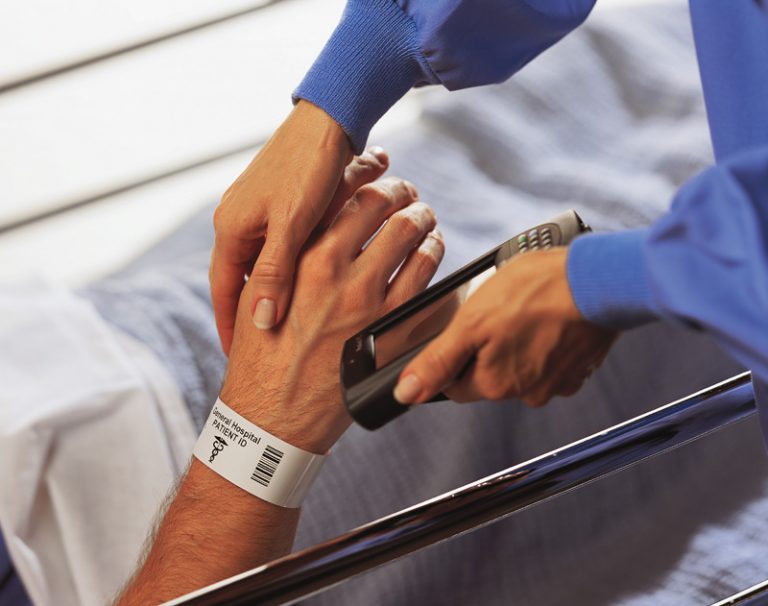Barcodes are an effective mechanism to manage inventory, ensure traceability, tracking and data entry when products are manufactured in large quantities and are in constant motion. The barcode is used in almost every industry and is an integral part of the production to the distribution.
Of course, in the world of health products and in pharmaceutical industries, barcodes are used. They are there to trace the source, lot number, the date and so much more information, either in the hospital or at the place of manufacture. In other words, it is crucial to be able to quickly and efficiently find a product. The issue, in a word, is the traceability of the products.
Barcodes readers can help nurses to treat patients (thanks to a bracelet with a barcode on it) and would allow to decrease by more than 40% the risk of errors in administration of drugs. It would also decrease by 50% the risk of unwanted events, according to a study led by the New England of medicine journal.
The reading of bar codes must be flawless, or just about. In your grocery store, if the barcode is not read properly (because it is poorly printed, glued on, or damaged for example); it is easy to check the price. But, in the context of a hospital, the consequences would be far more important… There is a real risk and the barcode and its reading should be as reliable as possible.
In this context, technology is evolving into barcode readers and ways to print them to achieve 100% reliability. It seems also that scanner-based technologies will disappear gradually in favour of image-based readers.
Barcode readers (such as the Cognex DataMan reader which we have spoken of) can aim beyond 99% reliability, while gaining in speed and efficiency. In summary, the imaging technology applied to the field of health and hospitals proves to be a very relevant solution as it allows to move towards reliability and 100% tracking, and therefore, best for health services!








